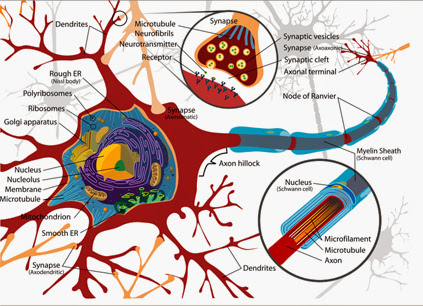HEADACHE A headache or cephalalgia is pain anywhere in the region of the head or neck. It can be a symptom of a number of different conditions of the head and neck. The brain tissue itself is not sensitive to pain as it lacks pain receptors . Rather, the pain is caused by disturbance of the pain- sensitive structures around the brain. Nine areas of the head and neck have these pain- sensitive structures, which are the cranium (the periosteum of the skull), muscles, nerves , arteries and veins , subcutaneous tissues , eyes, ears , sinuses and mucous membranes . There are a number of different classification systems for headaches. The most well-recognized is that of the International Headache Society. Headache is a non-specific symptom, which means that it has many possible causes. Treatment of a headache depends on the underlying cause, but commonly involves pain killers .



